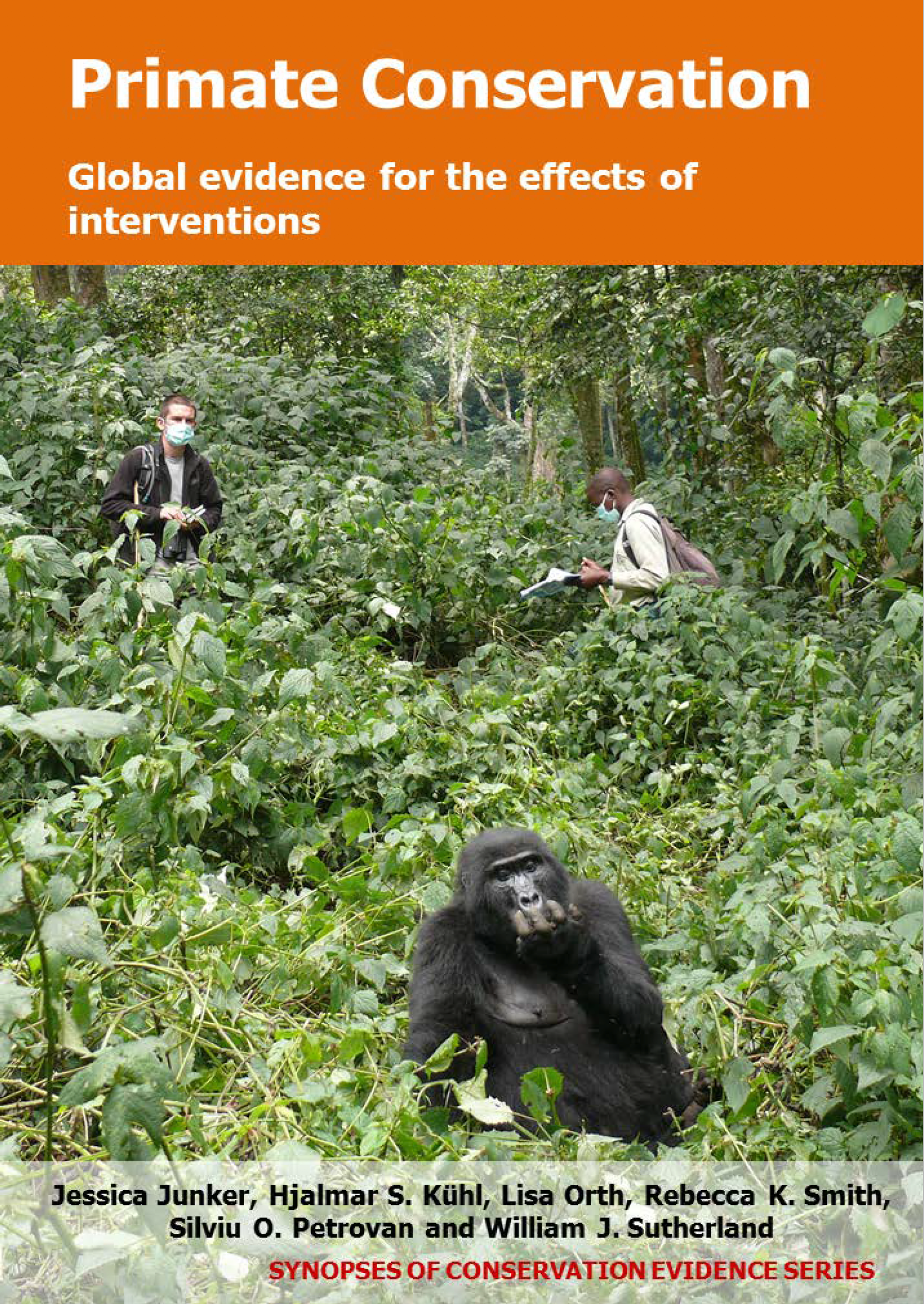Captive breeding and reintroduction of primates into the wild: born and raised in a free-ranging environment
-
Overall effectiveness category Unknown effectiveness (limited evidence)
-
Number of studies: 2
View assessment score
Hide assessment score
How is the evidence assessed?
-
Effectiveness
40% -
Certainty
10% -
Harms
0%
Study locations
Supporting evidence from individual studies
A study in 1999 in tropical forest of Morro do Diabo State Park, São Paulo, Brazil found that only some of the wild and captive-bred black lion tamarins Leontopithecus chrysopygus that were reintroduced along with other interventions, survived for at least four months. Four months after release of three individuals, one captive-bred male died. The captive-born male was bred in a free-ranging environment, whereas the two females had been captured from the release site, forming a group of three individuals. To facilitate reintroduction, the male had been fostered natural behaviour. The male was treated when sick. Tamarins underwent veterinary screens before translocation to an enclosure at the release site where they could adapt to the local environment where predators occurred. Monkeys were fitted with radio-transmitters and supplemented with food. The study does not distinguish between the effects of the different interventions mentioned above.
Study and other actions testedA controlled study in 1997-2001 in tropical forest in Betampona Reserve, Madagascar found that diets of captive-bred, reintroduced black-and-white ruffed lemurs Varecia variegata variegata that were born and raised in a free-ranging environment along with other interventions, overlapped with that of the resident wild group. No statistical tests were carried out to determine whether this difference was significant. Reintroduced lemurs (three males and two females) fed on 92 species over three years, as compared to the wild group (ten individuals) that fed on 109 species over four years. Furthermore, reintroduced lemurs consistently consumed less foliage throughout the study and less nectar in 1998 than the wild group did, although no statistical tests were carried out to determine whether this difference was significant. Two males (66%) died of malnutrition in 1998. Lemurs were born and raised in a free-ranging environment at a sanctuary before their reintroduced. Lemurs were introduced in groups into habitat already occupied by the species and provided supplementary food during resource-scarce periods. The study does not distinguish between the effects of the different interventions mentioned above.
Study and other actions tested
Where has this evidence come from?
List of journals searched by synopsis
All the journals searched for all synopses
This Action forms part of the Action Synopsis:
Primate Conservation
Primate Conservation - Published 2017
Primate Synopsis





)_2023.JPG)














